Analyzing Tehran’s Air Pollution Using System Dynamics Approach
Abstract
:1. Introduction
1.1. Primary and Secondary Pollutants
1.2. Criteria Pollutants Involve
2. Proposed Method
- Stage 1. Defining the dynamic hypotheses.
- Stage 2. Drawing a causal loop diagram for the system of greenhouse gases emissions in Tehran.
- Stage 3. Drawing a stock-flow diagram of the system of greenhouse gases emissions in Tehran.
- Stage 4. Compiling and formulating a model of the system of greenhouse gas emissions in Tehran in mathematical form, which shows interactions inside the system.
- Stage 5. Identifying critical variables through the statistical method of design of experiments.
- Stage 6. Demonstrating the output of the model based on optimal values.
- Stage 7. Defining scenarios for reducing greenhouse gases based on optimized values.
2.1. Causal Loop Diagram
2.2. Stock-Flow Diagram
2.3. Compiling and Formulating the Model and Developing a Mathematical Method
2.4. Identifying Major Variables and Improving Them by Design of Experiments (DoE)
- Eight variables out of eleven were identified using the factorial design of Plackett–Burman.
- The eight variables were entirely tested. The corresponding uppermost and lowermost rates for these variables are illustrated in Table 3.
3. Results and Discussion
4. Conclusions
Author Contributions
Funding
Institutional Review Board Statement
Informed Consent Statement
Data Availability Statement
Conflicts of Interest
Appendix A
| Variable | Source | Website Address and References |
|---|---|---|
| Cars | Analytical website of Asr-e Iran, 1394 (2015) | www.asriran.com [26] (accessed on 20 October 2021). |
| Rate | Tehran statistical yearbook (Statistics website) | www.amar.org.ir [27] (accessed on 20 October 2021). |
| Non-industrial buildings | Statistics inference of Tehran municipality 2007–2011 mean 25 | www.tehran.ir [28] (accessed on 20 October 2021). |
| Non-industrial licensing rate | Tehran municipality website | www.tehran.ir [28] (accessed on 20 October 2021). |
| Destruction rate | Question from expert | - |
| Industrial buildings | Tehran Industrial, Mining, and Trade Organization | www.teh.mimt.gov.ir [29] (accessed on 20 October 2021). |
| Industrial licensing rate | Tehran municipal website | www.tehran.ir [28] (accessed on 20 October 2021). |
| GG + VOCs + CO + NOx + Sox + PM | Tehran pollutant emission inventory 2013 | [25] |
| Emission rate per cars | Based on emission inventory and the number of cars in 2013 | [25] |
| Emission rate per industrial buildings | Based on emission inventory and number of industrial buildings, 2013 | [25] |
| Emission rate per non-industrial buildings | Based on emission inventory and number of non-industrial buildings, 2013 | [25] |
| Forests | Tehran statistics yearbook | www.amar.org.ir [27] (accessed on 20 October 2021). |
| Afforestation rate | Tehran statistics yearbook | www.amar.org.ir [27] (accessed on 20 October 2021). |
| Forest fires | Tehran statistics yearbook | www.amar.org.ir [27] (accessed on 20 October 2021). |
| Cleaning capacity of forests | Iran’s students news agency (ISNA) | www.gilan.isna.ir [30] (accessed on 20 October 2021). |
| Rain | Tehran statistics yearbook, geophysical station | www.amar.org.ir [27] (accessed on 20 October 2021). |
| Cleaning capacity of rain | Based on the statistics of daily emission inventory | [25] |
| Population | Tehran statistics yearbook | www.amar.org.ir [27] (accessed on 20 October 2021). |
| Birth rate | Tehran statistics yearbook | www.amar.org.ir [27] (accessed on 20 October 2021). |
| Natural death | Tehran statistics yearbook | www.amar.org.ir [27] (accessed on 20 October 2021). |
| Dying from pollution | Islamic republic pf Iran’s news agency (IRNA), compared to pollution in 2013 | www.irna.ir [31] |
References
- Kokkos, N.; Zoidou, M.; Zachopoulos, K.; Nezhad, M.; Garcia, D.; Sylaios, G. Wind Climate and Wind Power Resource Assessment Based on Gridded Scatterometer Data: A Thracian Sea Case Study. Energies 2021, 14, 3448. [Google Scholar] [CrossRef]
- Razmjoo, A.; Khalili, N.; Nezhad, M.M.; Mokhtari, N.; Davarpanah, A. The main role of energy sustainability indicators on the water management. Model. Earth Syst. Environ. 2020, 6, 1419–1426. [Google Scholar] [CrossRef] [Green Version]
- Mayer, H. Air pollution in cities. Atmos. Environ. 1999, 33, 4029–4037. [Google Scholar] [CrossRef]
- Flagan, R.C.; Seinfeld, J.H. Fundamentals of Air Pollution Engineering; Dover Publication Inc.: New York, NY, USA, 2012. [Google Scholar]
- Miri, M.; Derakhshan, Z.; Allahabadi, A.; Ahmadi, E.; Conti, G.O.; Ferrante, M.; Aval, H.E. Mortality and morbidity due to exposure to outdoor air pollution in Mashhad metropolis, Iran. The AirQ model approach. Environ. Res. 2016, 151, 451–457. [Google Scholar] [CrossRef] [PubMed]
- Okedere, O.B.; Olalekan, A.P.; Fakinle, B.S.; Elehinafe, F.B.; Odunlami, O.A.; Sonibare, J.A. Urban air pollution from the open burning of municipal solid waste. Environ. Qual. Manag. 2019, 28, 67–74. [Google Scholar] [CrossRef]
- Daly, A.; Zannetti, P. An Introduction to Air Pollution–Definitions, Classifications, and History. Available online: https://www.nile-center.com/uploads/RQZG7BCW4DGXNSZ.pdf (accessed on 20 October 2021).
- Chandna, A.; Honney, R. INSPiRE: An integrated approach to tackling household air pollution and improving health in rural Cambodia. Public Health 2017, 145, 70–74. [Google Scholar] [CrossRef] [PubMed]
- Dziubanek, G.; Spychała, A.; Marchwińska-Wyrwał, E.; Rusin, M.; Hajok, I.; Ćwieląg-Drabek, M.; Piekut, A. Long-term exposure to urban air pollution and the relationship with life expectancy in cohort of 3.5 million people in Silesia. Sci. Total Environ. 2017, 580, 1–8. [Google Scholar] [CrossRef] [PubMed]
- Fu, S.; Gu, Y. Highway toll and air pollution: Evidence from Chinese cities. J. Environ. Econ. Manag. 2017, 83, 32–49. [Google Scholar] [CrossRef] [Green Version]
- Gillespie, J.; Masey, N.; Heal, M.R.; Hamilton, S.; Beverland, I.J. Estimation of spatial patterns of urban air pollution over a 4-week period from repeated 5-minute measurements. Atmos. Environ. 2016, 150, 295–302. [Google Scholar] [CrossRef]
- Hassan, S.K.; Khoder, M.I. Chemical characteristics of atmospheric PM 2.5 loads during air pollution episodes in Giza, Egypt. Atmospheric Environ. 2017, 150, 346–355. [Google Scholar] [CrossRef]
- Albin, S.; Forrester, J. Building a System Dynamics Model. Available online: https://ocw.mit.edu/courses/sloan-school-of-management/15-988-system-dynamics-self-study-fall-1998-spring-1999/readings/building.pdf (accessed on 20 October 2021).
- Todorov, V.; Ostromsky, T.; Dimov, I.; Georgieva, R. Optimized Stochastic Methods for Sensitivity Analysis for Large-Scale Air Pollution Model. Available online: https://annals-csis.org/Volume_26/drp/pdf/51.pdf (accessed on 20 October 2021).
- Artun, G.K.; Polat, N.; Yay, O.D.; Üzmez, Ö.Ö.; Arı, A.; Tuygun, G.T.; Elbir, T.; Altuğ, H.; Dumanoğlu, Y.; Döğeroğlu, T.; et al. An integrative approach for determination of air pollution and its health effects in a coal fired power plant area by passive sampling. Atmospheric Environ. 2017, 150, 331–345. [Google Scholar] [CrossRef]
- Dakos, V.; Soler-Toscano, F. Measuring complexity to infer changes in the dynamics of ecological systems under stress. Ecol. Complex. 2017, 32, 144–155. [Google Scholar] [CrossRef]
- Ossimitz, G.; Mrotzek, M. The basics of system dynamics: Discrete vs. continuous modelling of time. In Proceedings of the 26th International Conference of the System Dynamics Society Athens/Greece, Athens, Greece, 20–24 July 2008; pp. 1–8. [Google Scholar]
- Todorov, V.; Dimov, I.; Ostromsky, T.; Apostolov, S.; Georgieva, R.; Dimitrov, Y.; Zlatev, Z. Advanced stochastic approaches for Sobol’ sensitivity indices evaluation. Neural Comput. Appl. 2021, 33, 1999–2014. [Google Scholar] [CrossRef]
- Cheng, L.I. System dynamics model of Suzhou water resources carrying capacity and its application. Water Sci. Eng. 2010, 3, 144–155. [Google Scholar]
- Wei, S.; Yang, H.; Song, J.; Abbaspour, K.C.; Xu, Z. System dynamics simulation model for assessing socio-economic impacts of different levels of environmental flow allocation in the Weihe River Basin, China. Eur. J. Oper. Res. 2012, 22, 248–262. [Google Scholar] [CrossRef]
- Yu, S.; Wang, K.; Wei, Y.-M. A hybrid self-adaptive Particle Swarm Optimization–Genetic Algorithm–Radial Basis Function model for annual electricity demand prediction. Energy Convers. Manag. 2015, 91, 176–185. [Google Scholar] [CrossRef]
- Chaves, R.; López, D.; Macías, F.; Casares, J.; Monterroso, C. Application of System Dynamics technique to simulate the fate of persistent organic pollutants in soils. Chemosphere 2013, 90, 2428–2434. [Google Scholar] [CrossRef]
- Bastan, M.; Khorshid-Doust, R.R.; Sisi, S.D.; Ahmadvand, A. Sustainable development of agriculture: A system dynamics model. Kybernetes 2018, 47, 142–162. [Google Scholar] [CrossRef]
- Montgomery, D.C. Design and Analysis of Experiments; John Wiley & Sons: Hoboken, NJ, USA, 2017. [Google Scholar]
- Shahbazi, H.; Taghvaee, S.; Hosseini, V.; Afshin, H. A GIS based emission inventory development for Tehran. Urban Clim. 2016, 17, 216–229. [Google Scholar] [CrossRef]
- Analytical Website of Asr-e Iran. Available online: http://www.asriran.com (accessed on 20 October 2021).
- Tehran Statistical Yearbook. Available online: http://www.amar.org.ir (accessed on 20 October 2021).
- Tehran Municipality Website. Available online: http://www.tehran.ir (accessed on 20 October 2021).
- Tehran Industrial, Mining, and Trade Organization. Available online: http://www.teh.mimt.gov.ir (accessed on 20 October 2021).
- Iran’s Students News Agency. Available online: http://www.gilan.isna.ir (accessed on 20 October 2021).
- Islamic Republic pf Iran’s News Agency (IRNA). Available online: http://www.irna.ir (accessed on 20 October 2021).
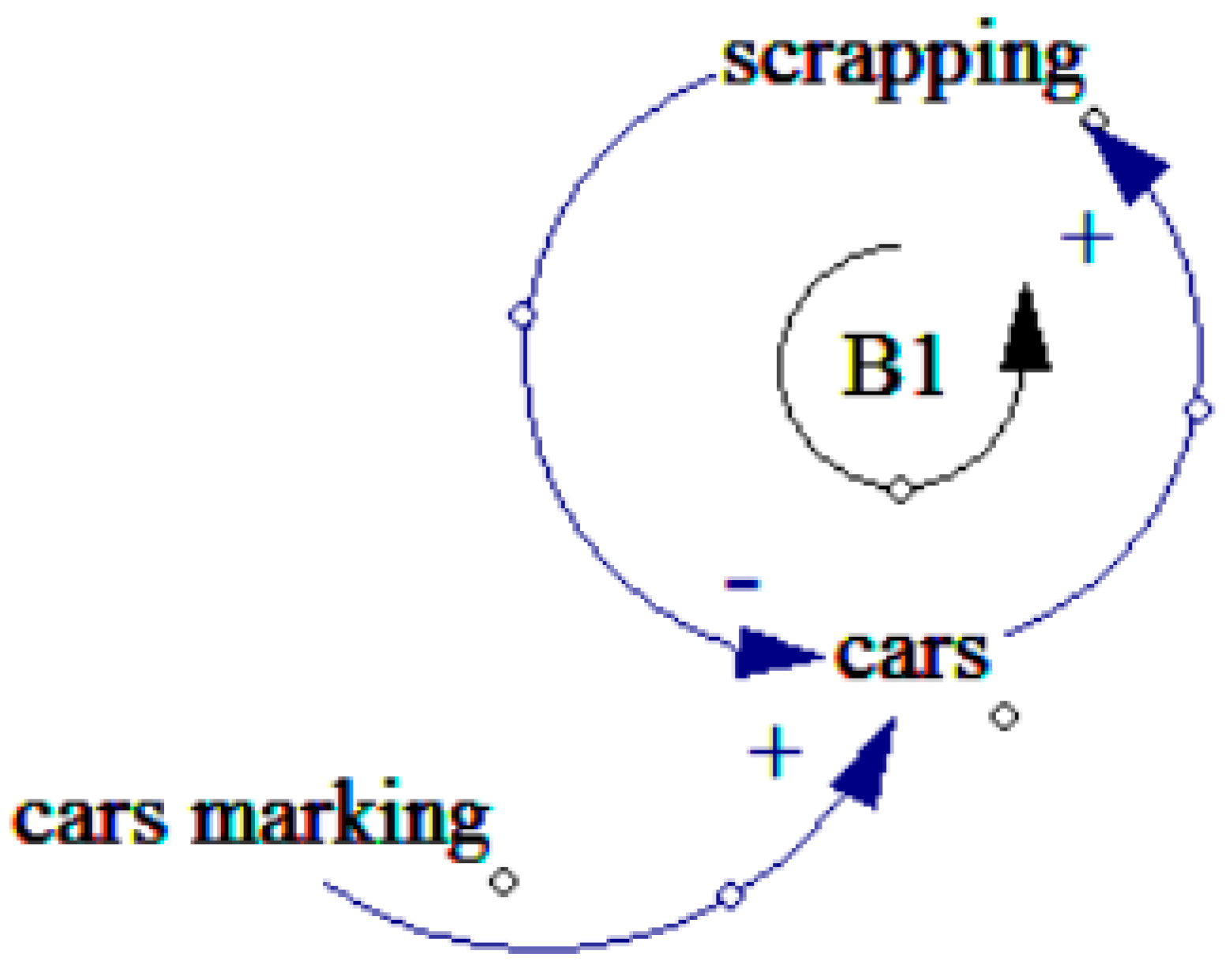

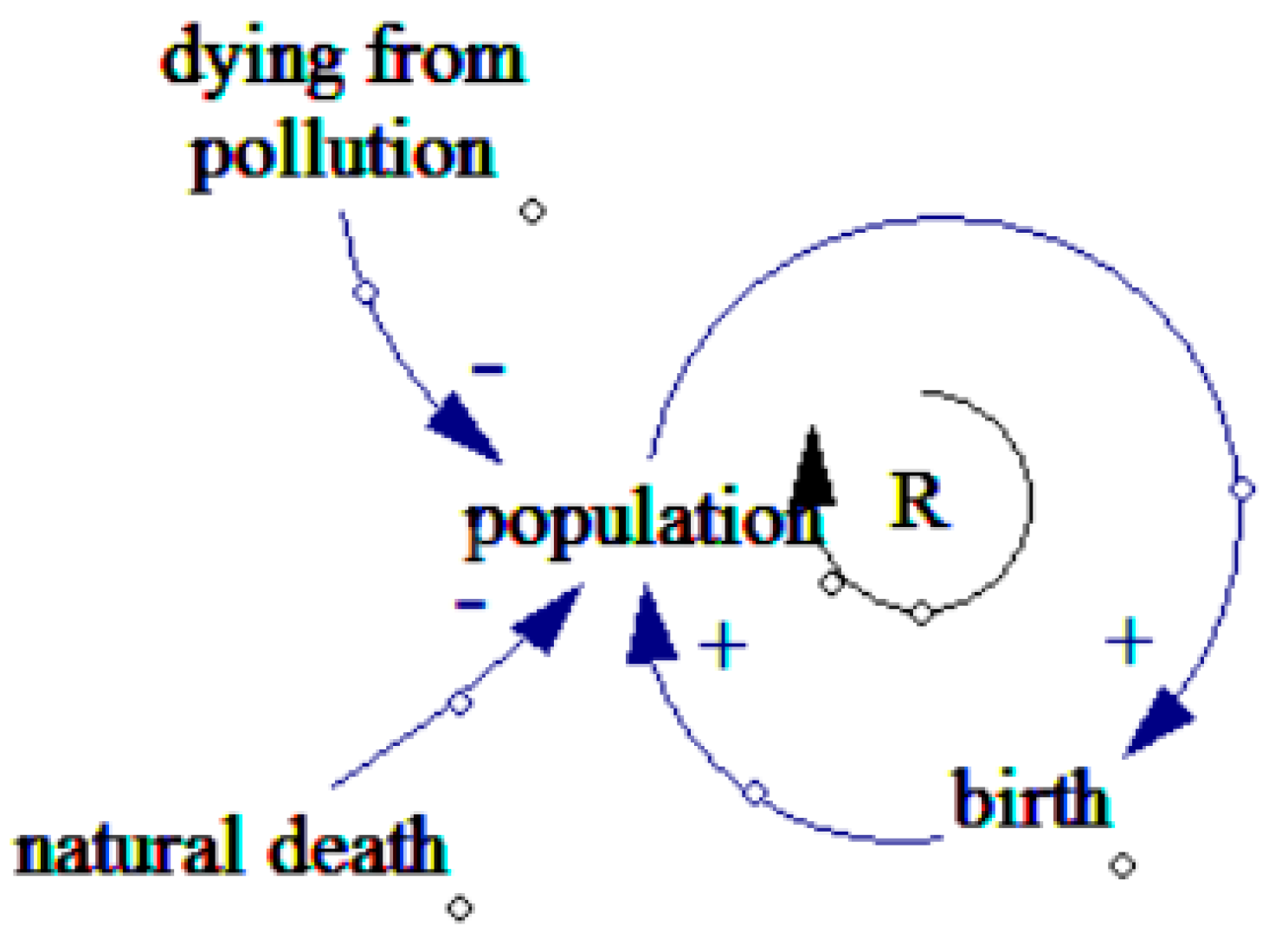

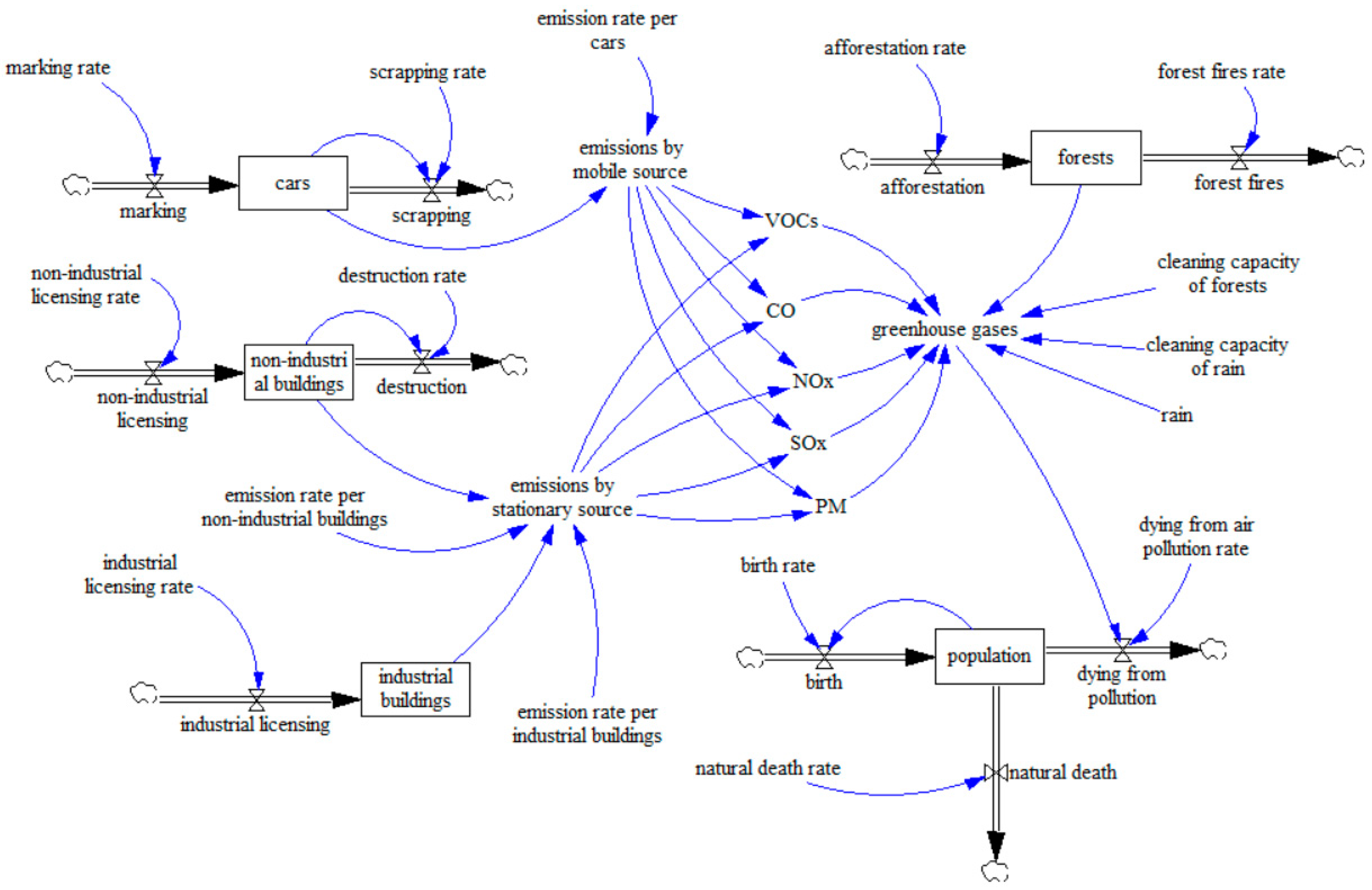

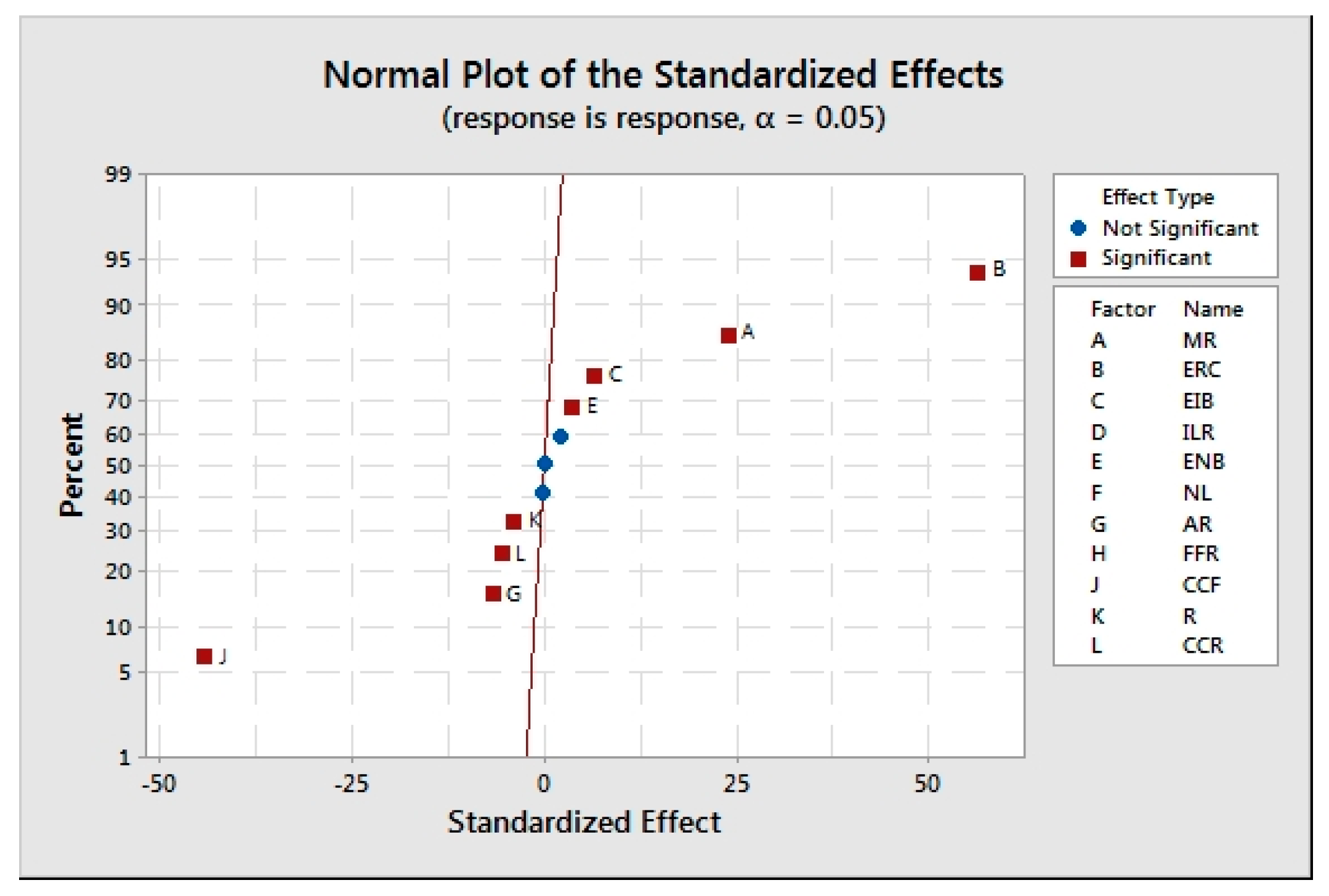


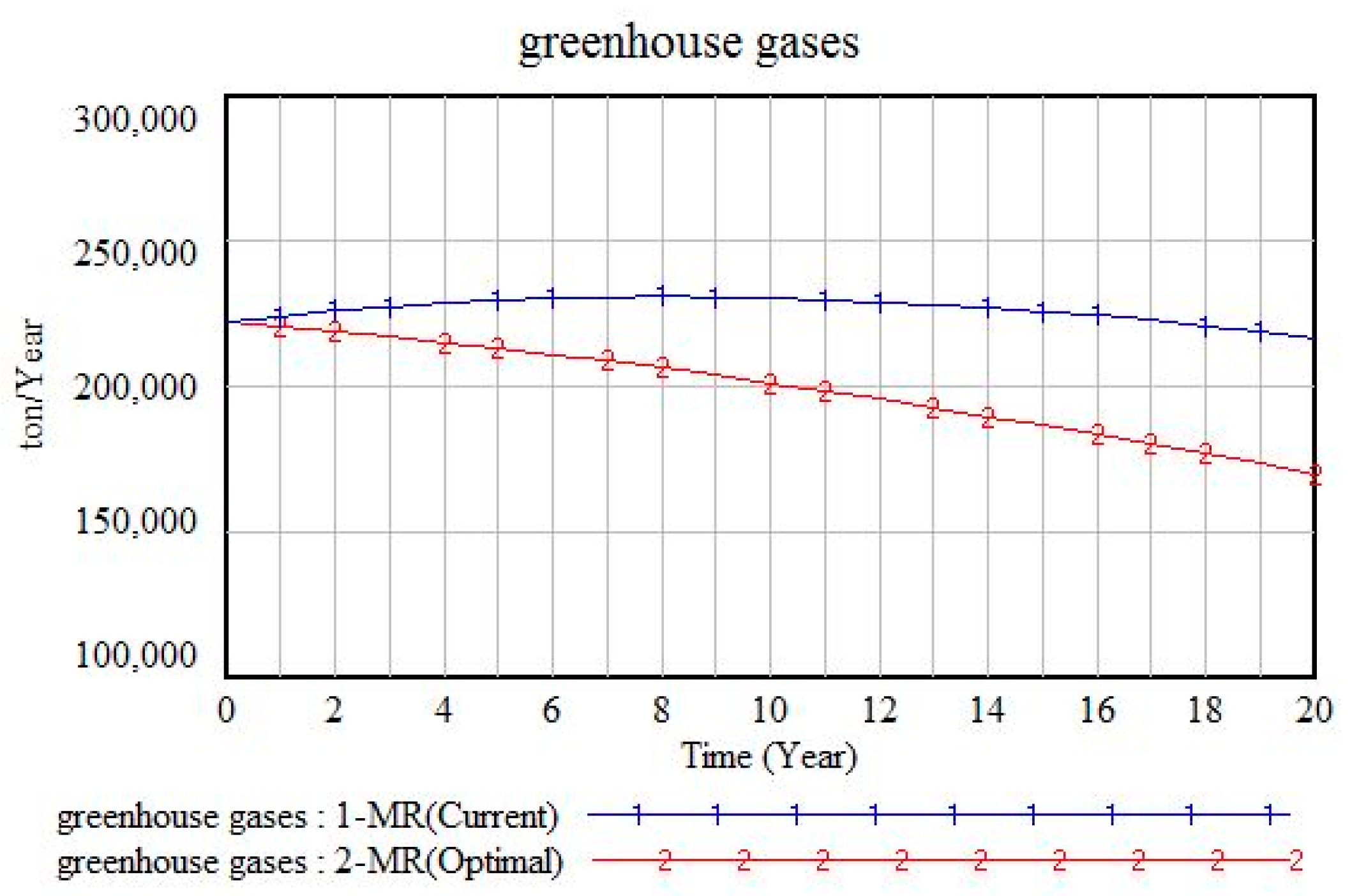
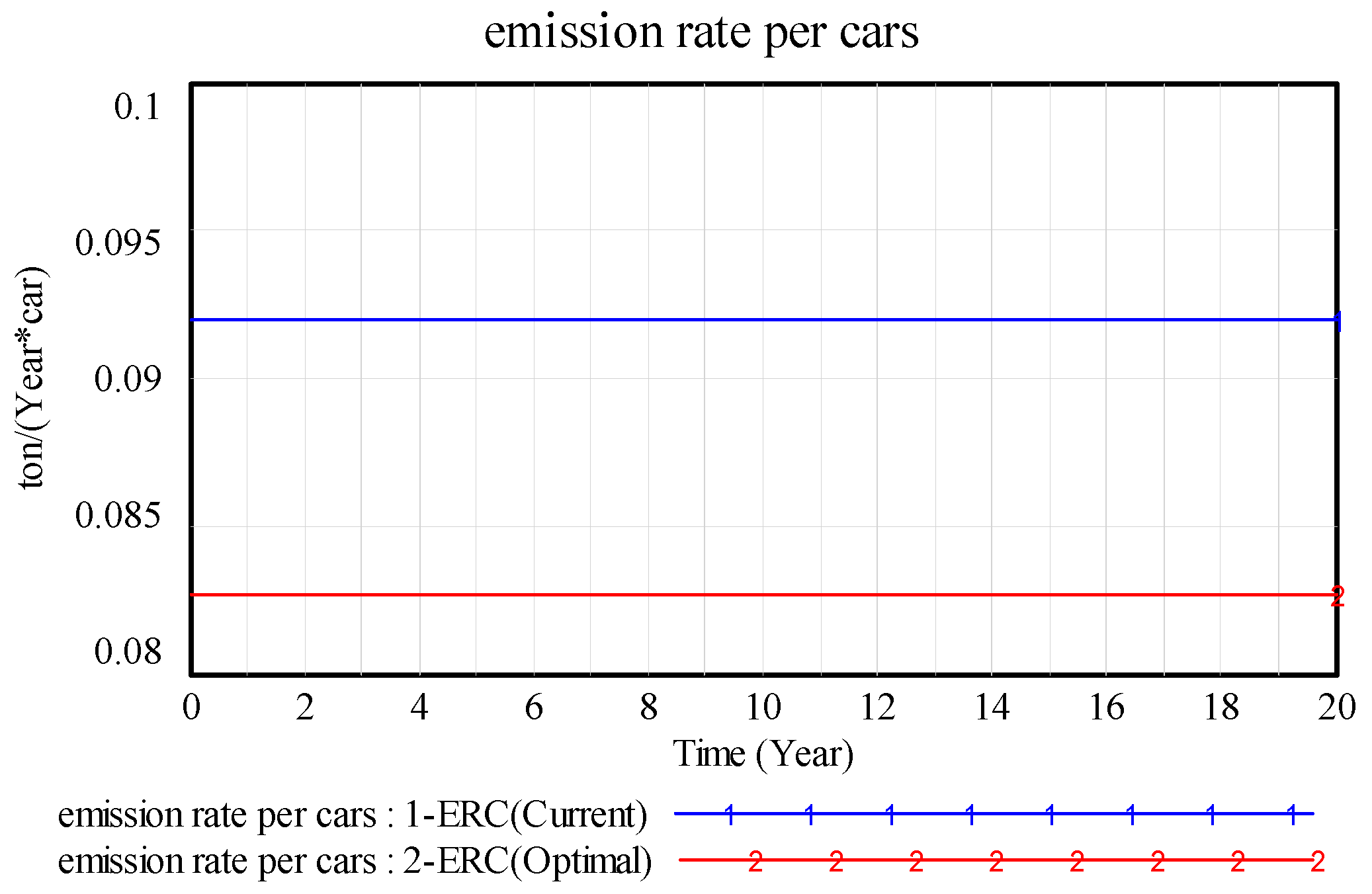
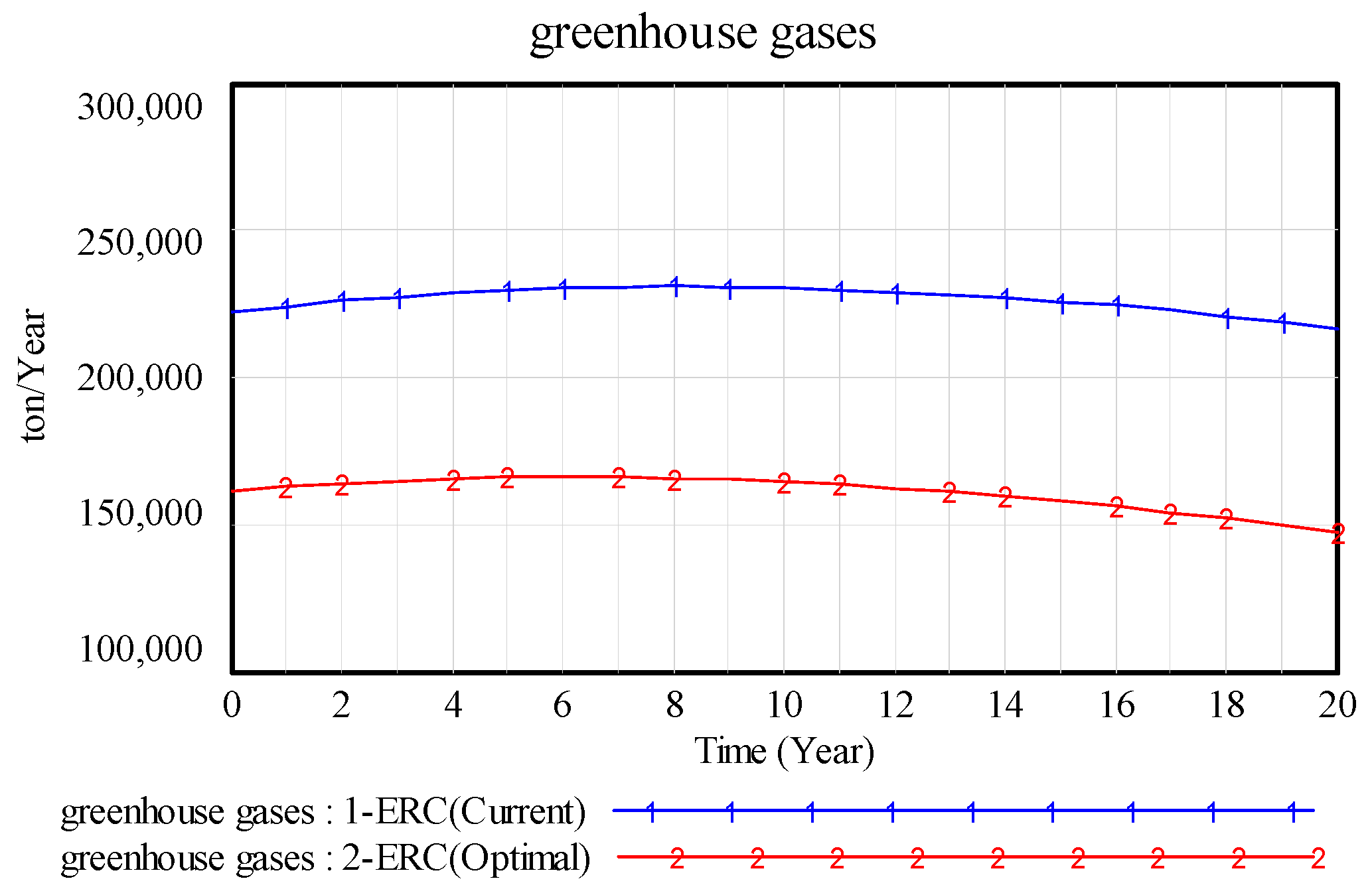



| Title | Authors |
|---|---|
| INSPiRE: an integrated approach to tackling household air pollution and improving health in rural Cambodia | Chandna and Honney, 2017 [8] |
| Long-term exposure to urban air pollution and the relationship with life expectancy in cohort of 3.5 million people in Silesia | Dziubanek et al., 2017 [9] |
| Highway toll and air pollution: evidence from Chinese cities | Fu and Gu, 2014 [10] |
| Estimation of spatial patterns of urban air pollution over a 4-week period from repeated 5-min measurements | Gillespie et al., 2016 [11] |
| Chemical characteristics of atmospheric PM2.5 loads during air pollution episodes in Giza, Egypt | Hassan and Khoder, 2017 [12] |
| Urban air pollution from the open burning of municipal solid waste | Okedere et al., 2019 [6] |
| Optimized stochastic methods for sensitivity analysis for large-scale air pollution model | Todorov, V. et al., 2021 [13] |
| Advanced stochastic approaches for Sobol’ sensitivity indices evaluation | Todorov, V. et al., 2021 [14] |
| Variable | Unit |
|---|---|
| MR: Marking rate | car/year |
| M: Marking | car/year |
| C: Cars | car/year |
| S: Scrapping | car |
| SR: Scrapping rate | 1/year |
| ERC: Emission rate per car | ton/car/year |
| EMS: Emissions by mobile source | ton/year |
| NLR: Non-industrial licensing rate | building/year |
| NL: Non-industrial licensing | building/year |
| NB: Non-industrial buildings | building |
| DR: Destruction rate | 1/year |
| D: Destruction | building/year |
| ENB: Emission rate per non-industrial building | ton/building/year |
| ILR: Industrial licensing rate | building/year |
| IL: Industrial licensing | building/year |
| IB: Industrial buildings | building |
| EIB: Emission rate per industrial building | ton/building/year |
| ESS: Emission by stationary sources | ton/year |
| VOCs | ton/year |
| CO | ton/year |
| NOx | ton/year |
| Sox | ton/year |
| PM | ton/year |
| GG: Greenhouse gas | ton/year |
| AR: Afforestation rate | hectare/year |
| A: Afforestation | hectare/year |
| F: Forests | hectare |
| FFR: Forest fire rate | hectare/year |
| FF: Forest fire | hectare/year |
| CCF: Cleaning capacity of forests | ton/hectare/year |
| R: Rain | day/year |
| CCR: Cleaning capacity of rain | ton/day/year |
| BR: Birth rate | 1/year |
| B: Birth | person/year |
| POP: population | person |
| DR: Death rate | person/year |
| ND: Natural death | person/year |
| DP: Dying from pollution | person/year |
| DPR: Dying from air pollution rate | person/ton |
| Variable | Lowermost Rate | Uppermost Rate |
|---|---|---|
| MR | 358,600 | 438,240 |
| ERC | 0.0827 | 0.1012 |
| ILR | 43 | 52 |
| EIB | 17.4 | 21.27 |
| ENB | 0.041 | 0.051 |
| NL | 27,982 | 34,200 |
| AR | 84 | 103 |
| FFR | 9 | 12 |
| CCF | 61 | 75 |
| R | 20 | 26 |
| CCR | 1790 | 2187 |
Publisher’s Note: MDPI stays neutral with regard to jurisdictional claims in published maps and institutional affiliations. |
© 2022 by the authors. Licensee MDPI, Basel, Switzerland. This article is an open access article distributed under the terms and conditions of the Creative Commons Attribution (CC BY) license (https://creativecommons.org/licenses/by/4.0/).
Share and Cite
Shahsavari-Pour, N.; Bahador, S.; Heydari, A.; Fekih, A. Analyzing Tehran’s Air Pollution Using System Dynamics Approach. Sustainability 2022, 14, 1181. https://doi.org/10.3390/su14031181
Shahsavari-Pour N, Bahador S, Heydari A, Fekih A. Analyzing Tehran’s Air Pollution Using System Dynamics Approach. Sustainability. 2022; 14(3):1181. https://doi.org/10.3390/su14031181
Chicago/Turabian StyleShahsavari-Pour, Nasser, Sadegh Bahador, Azim Heydari, and Afef Fekih. 2022. "Analyzing Tehran’s Air Pollution Using System Dynamics Approach" Sustainability 14, no. 3: 1181. https://doi.org/10.3390/su14031181
APA StyleShahsavari-Pour, N., Bahador, S., Heydari, A., & Fekih, A. (2022). Analyzing Tehran’s Air Pollution Using System Dynamics Approach. Sustainability, 14(3), 1181. https://doi.org/10.3390/su14031181








